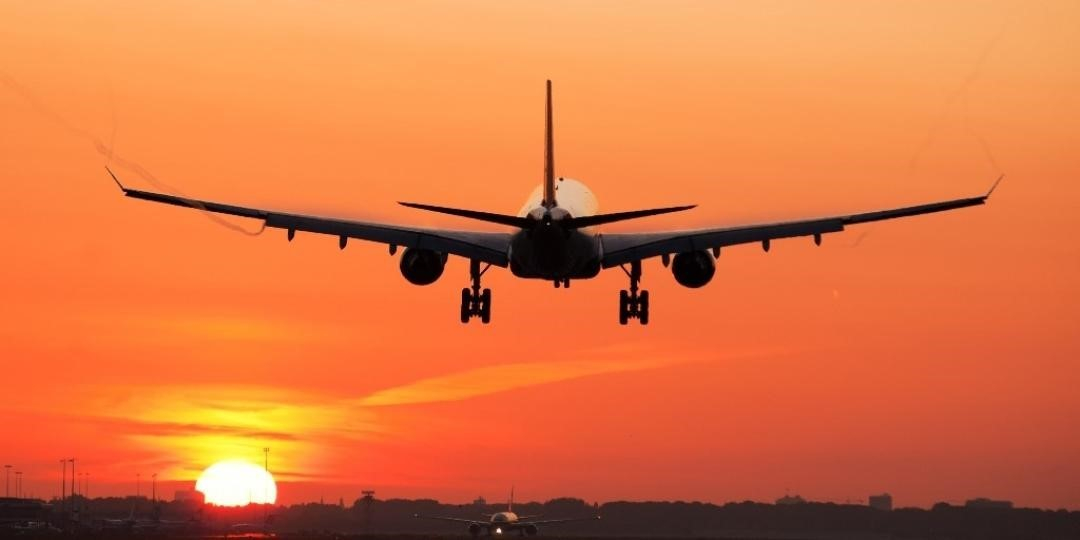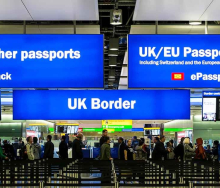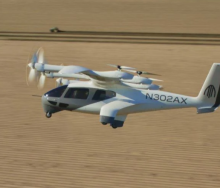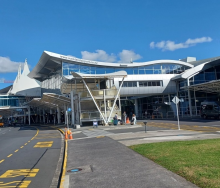Aviation experts discussed the challenge of funding airlines in Africa and questioned the sustainability of African airlines’ growth at the Aviation Africa event held recently in Johannesburg.
Raphael Haddad, President of Jetcraft Commercial, said the industry must congratulate African airlines for making a collective nett profit in 2024 for the second year in a row. IATA has described the profit as “razor-thin and well below the global benchmark”.
Data from IATA showed that African airlines were making an average of US$0,90c (R15,45) per passenger. This is an improvement on results two years ago, when African airlines were losing US$1 (R17,17) for each passenger. But it’s still behind the global profit average of US$6,14 (R106,26).
“We have seen a really big improvement in terms of airline performance because the demand is there. I think a lot of airlines in Africa want to service this market, so we are seeing a lot of growth,” said Thato Matsha, Senior Aviation Finance Consultant at Investec Bank.
The improvement in profit was credited to the Single African Air Transport Market (SAATM) initiative by Aaron Munetsi, CEO of AASA. “Not everyone understands what SAATM is meant to do. It is not a tick-box exercise, it is a work in progress. Going from losing a dollar to making a dollar: that is progress, that shows that SAATM is working,” he said.
Panellists discussed why financing and profitability continued to be challenging for airlines across the continent. Hussein Dabbas, GM of Institutional Relations in Africa and the Middle East for Embraer, said airlines did not have the equipment to grow substantially.
“There are over 300 airlines flying in Africa. Of these 300 airlines, only six have more than 50 aircraft. Only 20 have 10-49 aircraft and the remaining airlines have fewer than 10 aircraft. Having fewer than 10 aircraft is problematic. You need numbers, you need to have connectivity, and you need to be able to fly regularly. This is not sustainable,” he said.
Manny Kanabe, Founder of Aviation Partners Africa disagreed and said it was problematic that African airlines tended to buy aircraft instead of leasing them. “In Africa we still have a lot of airlines, mainly the private ones, buying aircraft, which is not efficient.”
Kanabe sees dry leasing as the solution to this, but the challenge lies in convincing lessors to provide aircraft to African countries that are seen as risky. Dabbas said, unfortunately, there were only about 20 airlines in Africa that lessors were willing to deal with.
“I think using one brush to paint every airline in one country as very financially risky is not a fair approach. I think we need to look further and look at the specifics of the airline: how long they have been running, their management, their business plan and say: “Yes. This airline, even though it's in this country, is run professionally,” said Kanabe.
Another problem lies in the fact that aircraft are not as readily available as they used to be. “The supply chain took a big hit in the pandemic that affected all manufacturers,” said Haddad. “There are fewer than 100 narrowbody aircraft available in the world right now. This means that airlines are holding on to older aircraft for longer, slowing down the sale of second-hand aircraft.”
Kanabe observed that without a sufficient number of aircraft, with little confidence from lessors and operating on such a thin profit margin, African airlines would not survive another hit such as COVID, an earthquake, an Ebola outbreak or another event that restricted their growth.














